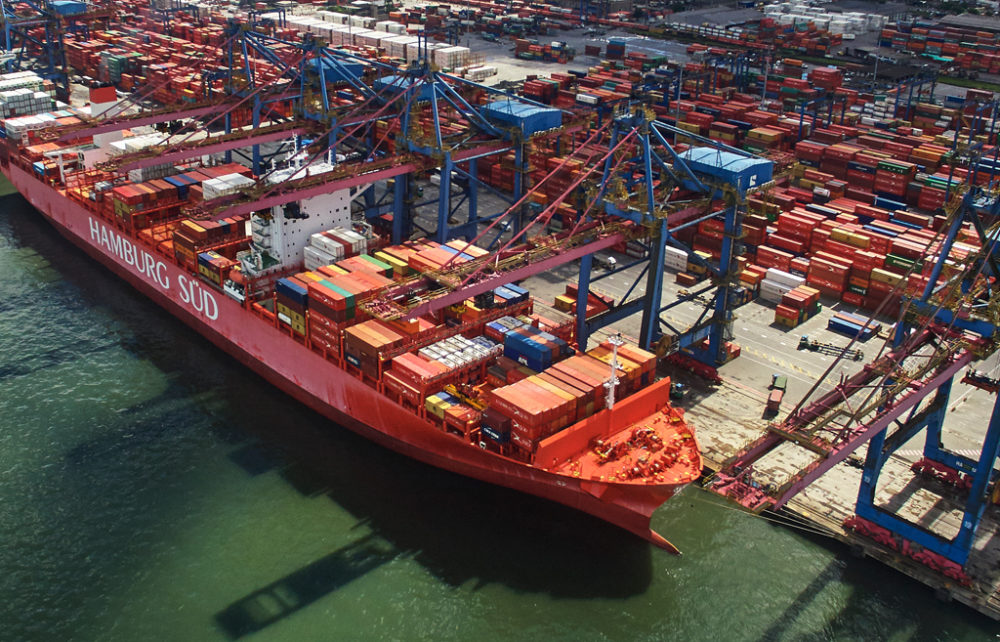Brazilian exports to China jumped 49.1% in the first two-month of 2024 compared to the same period of 2023, powered by shipments of iron ore, oil and soybeans.
Trade with China accounted for 43% of the surplus of USD 11.9 billion in the Brazilian trade balance in the first two-month of this year, according to the Index of Foreign Trade (Icomex) released by Getulio Vargas Foundation (FGV).
According to FGV, the result shows the national dependence on Chinese purchases, in addition to an export rate concentrated in commodities.
The surplus of the Brazilian trade balance reached USD 5.4 billion in February, a record for the month within the historic series of the survey.
“We started the year with favourable results, but there are doubts that this trajectory of record results can be consolidated. The projections indicate balances around USD 80 billion”, adds the Icomex.
The report points to two issues on the radar for the Brazilian balance: the first is about China’s growth, which may fall below the 5% projected by the country’s government, thereby affecting the growth of Brazilian exports; the second is the concentration of exports on commodities and the Chinese market.
Oil accounts for 25% of Brazilian sales to China, while iron ore has a share of 25%, and soybean 22%.
“A concentration index of 72% in three products. In the first two-month period, China’s share in Brazilian exports was 29.1%, with a 47% increase in exports [up from 49.1% in volume]. The balance was USD 5.2 billion, 43% of the total surplus of Brazil”, emphasized the FGV.
As for the other major trading partners of Brazil, exports to the United States grew 21.5% in the first two-month, in volume, and advanced 20.5% to Asia (excluding China and the Middle East).




